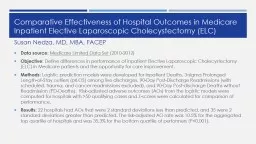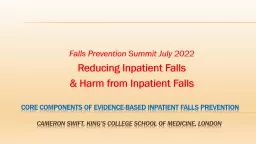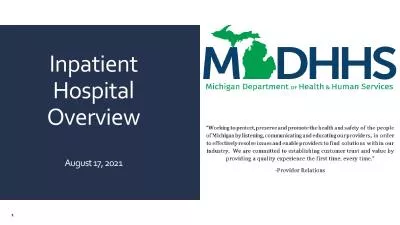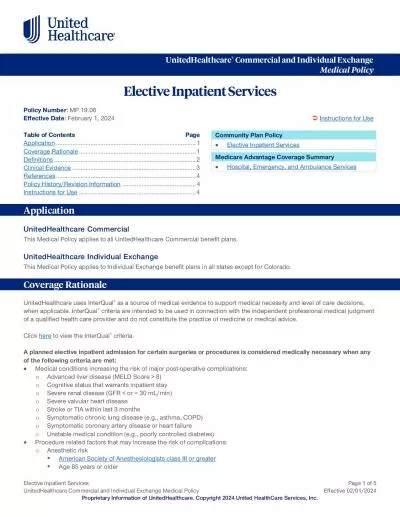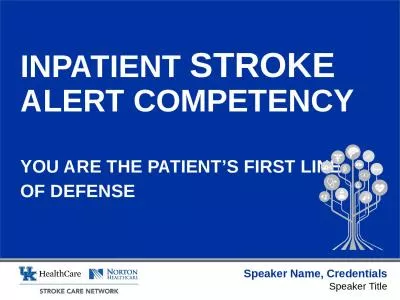PDF-Most FrequentPrincipalDiagnosesfor Inpatient Stays in US Hospitals 201
Author : stella | Published Date : 2021-09-26
1 Agency for Healthcare Research and QualityHighlightsThe most frequent principal whereas cardiovascular and musculoskeletal diagnoses ranked among the topfive principal
Presentation Embed Code
Download Presentation
Download Presentation The PPT/PDF document "Most FrequentPrincipalDiagnosesfor Inpat..." is the property of its rightful owner. Permission is granted to download and print the materials on this website for personal, non-commercial use only, and to display it on your personal computer provided you do not modify the materials and that you retain all copyright notices contained in the materials. By downloading content from our website, you accept the terms of this agreement.
Most FrequentPrincipalDiagnosesfor Inpatient Stays in US Hospitals 201: Transcript
Download Rules Of Document
"Most FrequentPrincipalDiagnosesfor Inpatient Stays in US Hospitals 201"The content belongs to its owner. You may download and print it for personal use, without modification, and keep all copyright notices. By downloading, you agree to these terms.
Related Documents

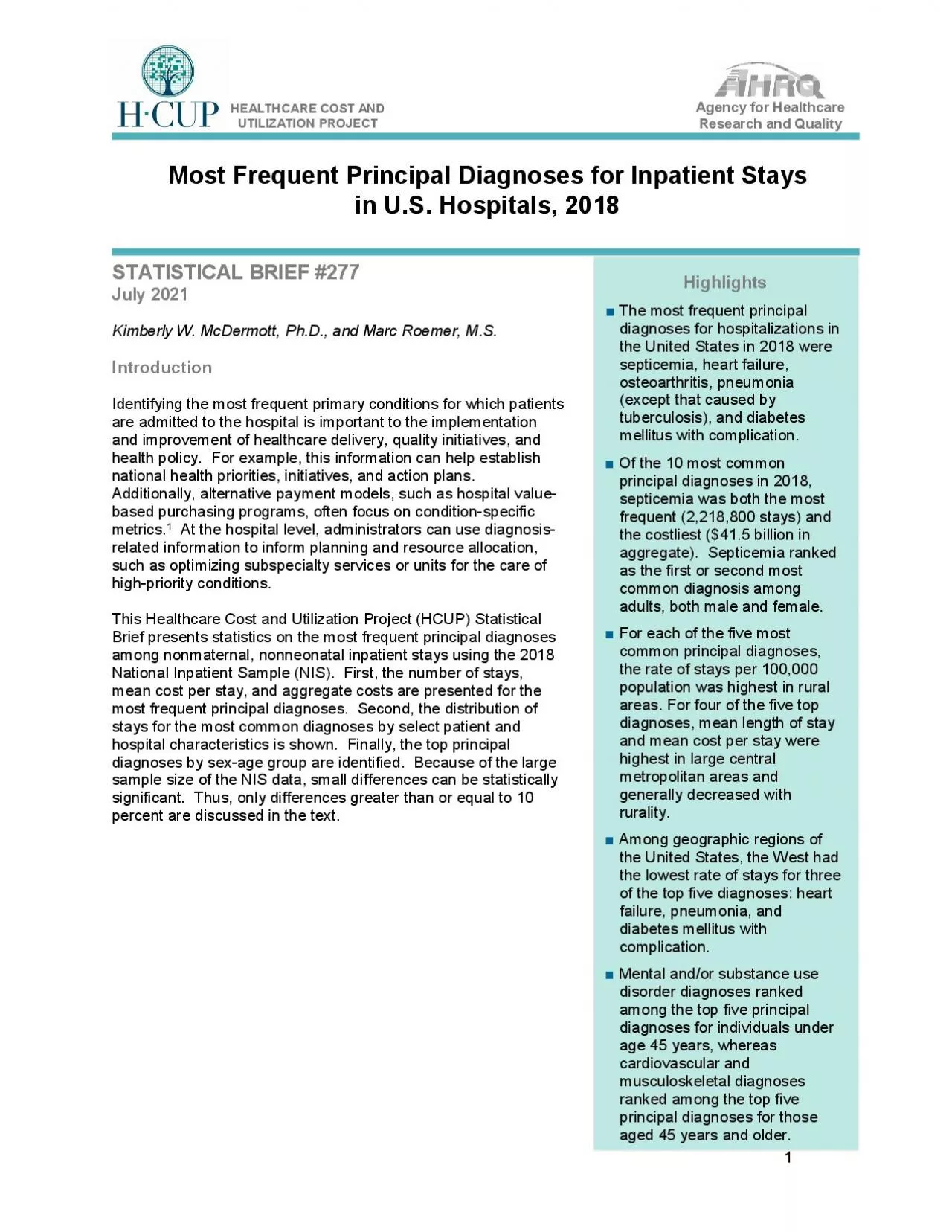





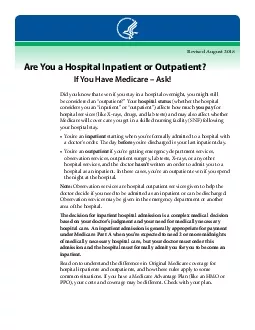
![[EBOOK] - Inpatient Obstetric Nurse Exam Secrets Study Guide: Inpatient Obstetric Test](https://thumbs.docslides.com/902331/ebook-inpatient-obstetric-nurse-exam-secrets-study-guide-inpatient-obstetric-test-review-for-the-inpatient-obstetric-nurse-exam.jpg)
